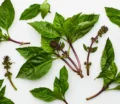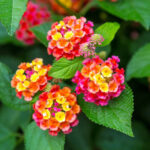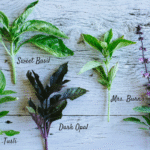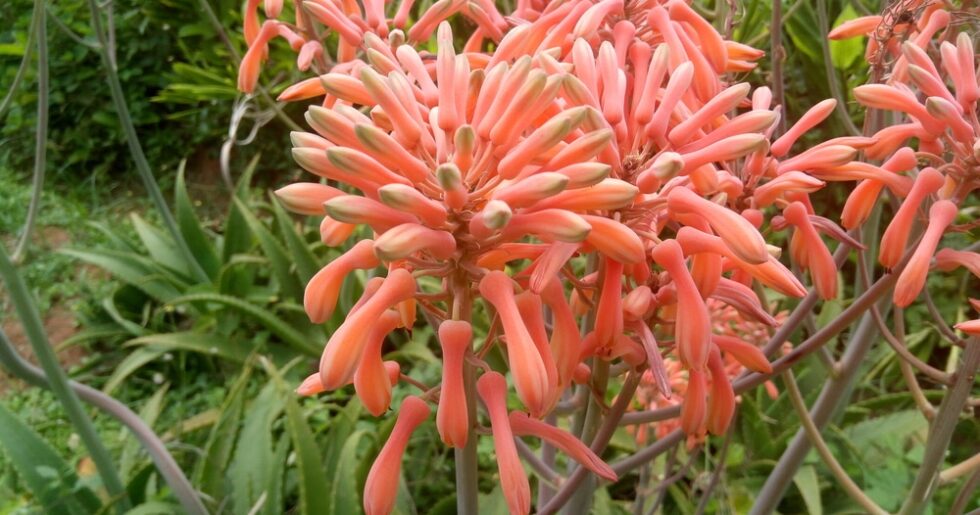
The aloe vera plant is renowned for producing a healing gel, which is the panacea for several conditions because of its medicinal value. The plant itself requires minimal care and watering, thus making it a staple in numerous households.
But, did you know that aloe vera flowers are a rare feature of the plant? The aloe vera blooms require certain conditions to appear and are a true sign of health and maturity.
Want your aloe vera plant to bloom? Here is everything that you need to know and do in order to produce those vibrant and appealing aloe vera flowers, which hold an unmatched significance in the plant world.
What Does an Aloe Vera Flower Look Like?
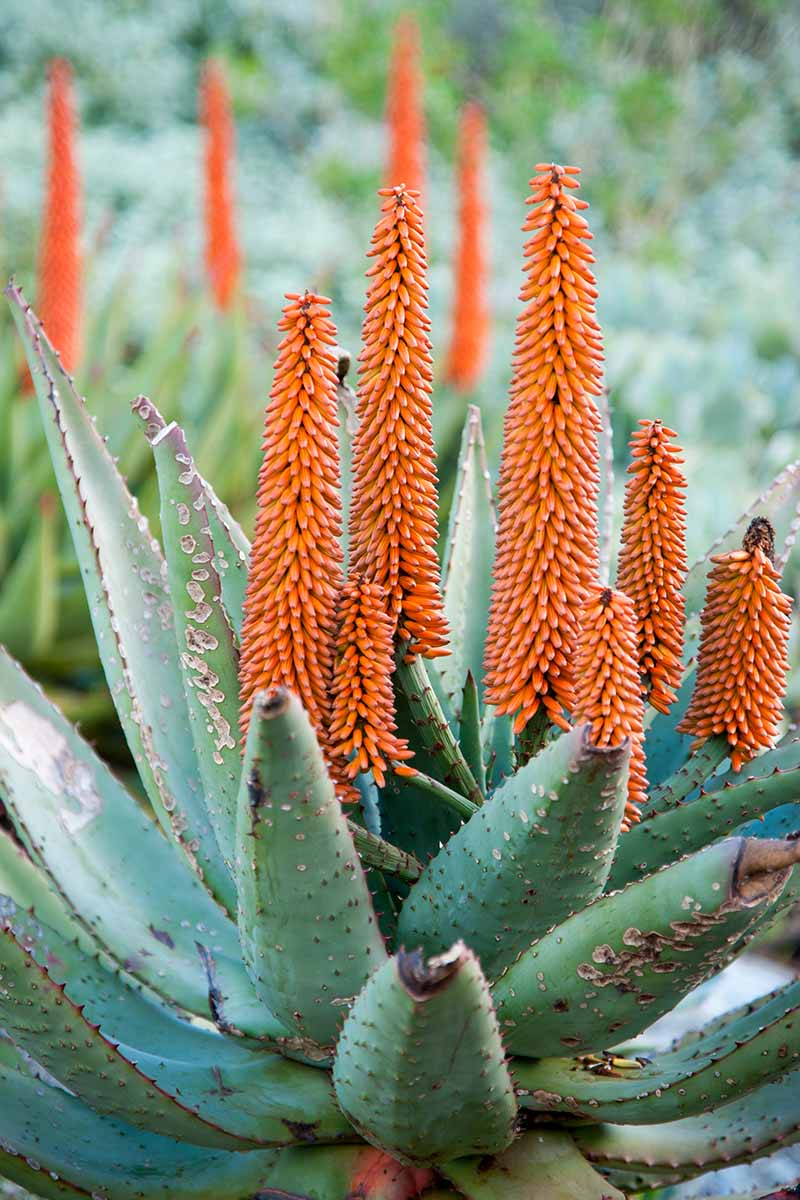
The vibrancy of the aloe vera flower can be noticed from a distance. It is a brightly colored flower that is spiky and tubular in shape. These flowers stand tall on spikes known as inflorescences, which can reach up to three feet.
The color of aloe vera flowers can range from bright yellow to orange to even red, depending on the maturity of the flower and the conditions in which it is grown. The flowers open from bottom to top, and are arranged in a cone-shaped cluster.
Rich in nectar, aloe vera flowers attract various pollinators such as bees and hummingbirds. Furthermore, pollinated aloe vera flowers can develop seed pods in the middle, which add more stars to their beauty and ecological value.
How Often Does Aloe Vera Flower?
Aloe vera blooms usually appear once a year, in hot and sunny climates, typically during spring or early summer.
Aloe flowers rarely bloom in indoor conditions. Hence, seeing an aloe vera flower is a rare instance for many, as it requires ideal conditions to bloom.
Outdoor aloe vera plants that have enough sunlight, drained soil, and regular watering are more likely to produce flowers, given that the age of the plant is 3–4 years old before producing blooms, as young aloe vera plants are not capable of bearing flowers.
Hence, do not expect your aloe vera plant to flower too frequently or too soon; just focus on providing the right care and conditions to your plant if you want to witness its vibrant blooms.
Conditions That Encourage Aloe Flowering
Aloe vera plant is often treated roughly, as it is not meant to be watered much, but to bloom, you must ensure that you provide the optimal conditions. Wondering what they are? Here is the list:
- Direct Sunlight: It is one of the crucial conditions to get your plant to bloom. Aloe vera needs constant sunlight for several hours, thus, outdoor aloe vera plants are more likely to produce flowers than the indoor ones.
- Ideal Temperature: Aloe vera requires dry and warm weather to flower, and thus the temperatures between 70°F to 85°F (21°C to 29°C) are ideal for an aloe vera plant to thrive and grow.
- Plant Age: Younger plants cannot bear blooms but vegetation, and thus, they must be 3 to 4 years old to produce flower stalks. It is required to wait till your plant matures to expect flowers from it.
- Proper Care: Only a healthy plant can produce flowers; therefore, ensuring consistent watering (avoid overwatering), well-drained soil, and minimal stress are essential.
- Outdoor arrangements: Aloe vera plants must be kept outdoors to improve their ability to give flowers, and thus, make sure you keep them in a place where there is enough sunlight and space for them to grow.
How to Help Your Aloe Vera Plant Bloom
As said earlier, an aloe vera plant needs specific climate and environmental conditions to render flowers. The plant flourishes in a hot and dry climate, so mimicking its natural growth conditions can lead to optimal and faster results.
Therefore, the first thing to take care of is to build an outdoor setup for the plant, as blooming aloe vera indoors isn’t a cake walk, and might never produce desired results.
Having said that, there are a few tips to make your aloe vera plant bloom:
- Aloe vera plant requires fertilization not more than once. All you need is liquid 10-40-10 fertilizer. Just dilute it to reduce its strength to half. It is enough to fertilize your plant.
- After fertilizing, make sure you provide your plant with direct sunlight for 6 to 8 hours. This will be very important to provide the natural blooming conditions to the aloe vera plant.
- If you have an indoor aloe vera plant, you must move it to places where it can get sunlight, in the morning, midday, and at noon.
- You can install indoor grow light if your place is scarce of direct sunlight. This device will help you provide your plant with the right amount of sunlight.
- A hot climate is necessary, so move your plant outdoors when the temperature is higher, i.e., 70°F and 85°F.
- Aloe vera plant requires minimal watering in the winter.
- Make some drainage holes in the container of an aloe vera plant, as the soil must remain dry between watering sessions.
- Freezing temperatures can kill your aloe vera plant, so never put it in a cold or humid place to ensure its longevity.
Aloe Vera Watering Schedule to Encourage Flowering
Aloe vera plant does not require too much water, but you must maintain a proper watering cycle as per the season.
| Season | Frequency | Amount | Tips |
| Spring | Every 2–3 weeks | Water properly until it drains from the bottom | It is an active growth season, so give maximum sunlight |
| Summer | Every 1–2 weeks | Water completely | Provide maximum sunlight and proper water drainage, this is the peak season for aloe vera to bloom. |
| Fall | Every 3–4 weeks | Light watering is required | Reduce the water supply as the temperature drops. |
| Winter | Once a month or less | Very Minimal, only when the soil is completely dry | It is the dormant period for aloe vera, so strictly avoid overwatering. |
Is It Necessary for Aloe Vera to Flower?
No, Flowering is not necessary for a healthy aloe vera plant.
The most prevalent misconception among floraphiles is that flowering is a compulsion for a healthy aloe vera plant, but this myth must not be believed, as a non-flowering plant is as useful as a flowering one.
Most of the household aloe vera plants may never bloom as they are kept indoors.
Aloe vera can live for years and be equally useful without producing flowers at once. All that matters is firm, plump leaves that grow steadily.
Above all, the aloe vera gel, which is known for its healing properties, is not affected by the production of blooms. Get is found in the healthy, thick, and fleshy leaves, usable regardless of whether the plant blooms.
Final Words
Flowering certainly uplifts the ecological and ornamental value of the aloe vera plant, but aloe doesn’t need to be healthy or useful.
But, if you want your aloe vera plant to bloom, make sure you provide it with the care, nurture, and environmental conditions such as plenty of sunlight. When you plant mature plants, it can produce vibrant and attractive blooms, so don’t lose hope, just follow what we have advised.
Frequently Asked Questions
Yes, once an aloe vera plant is done blooming, you must cut down the flowers, to stop the plant from investing it’s all energy in producing seeds.
Aloe vera plants usually last for 2 to 4 weeks, depending upon the care and conditions it is thriving in.
Usually aloe vera plants bloom at the age of 3 to 4 years. Simply put, the mature aloe vera plants are likely to bloom.
Once a year. An aloe vera plant only blooms annually, mainly in the hot and dry season.
Aloe vera flowers signify that the plant is healthy, mature, and growing in ideal conditions.
Yes, Aloe vera flowering is rare and considered a reward for optimal care. But even a non-flowering aloe vera plant is healthy and safe to use.
Sources:
Aloe vera Flowers, a Byproduct with Great Potential and Wide Application, Depending on Maturity Stage: By National Institutes of Health (NIH) (.gov):
FLORAL AND REPRODUCTIVE PHENOLOGY OF ALOE VERA: By Thebioscan

Mark Spector is a passionate writer about gardening and home improvement. He has spent more than three years turning ordinary places into green, happy havens. Mark looks at every job with a fresh, down-to-earth view because he loves nature and is always interested in finding new plant varieties.
He wants to get people outside and involved with nature by writing about things like how to make a backyard garden better, trying out eco-friendly do-it-yourself projects, and seasonal plant care.
His favourite thing to do when he’s not writing or gardening is to look for new plants to love in botanical parks or on nature trails.


